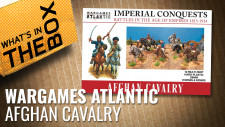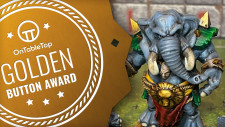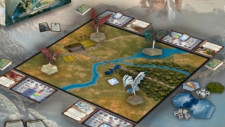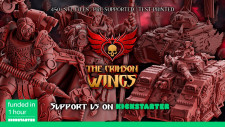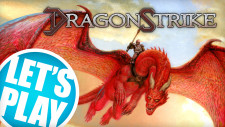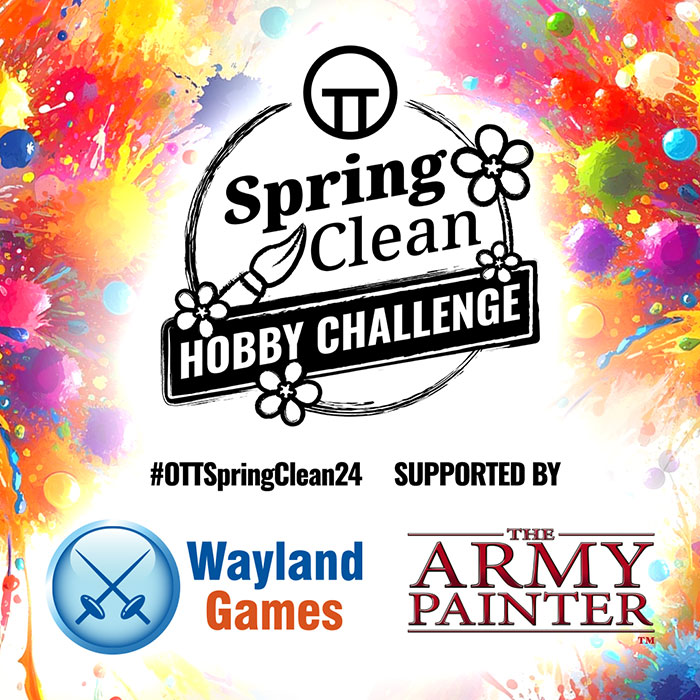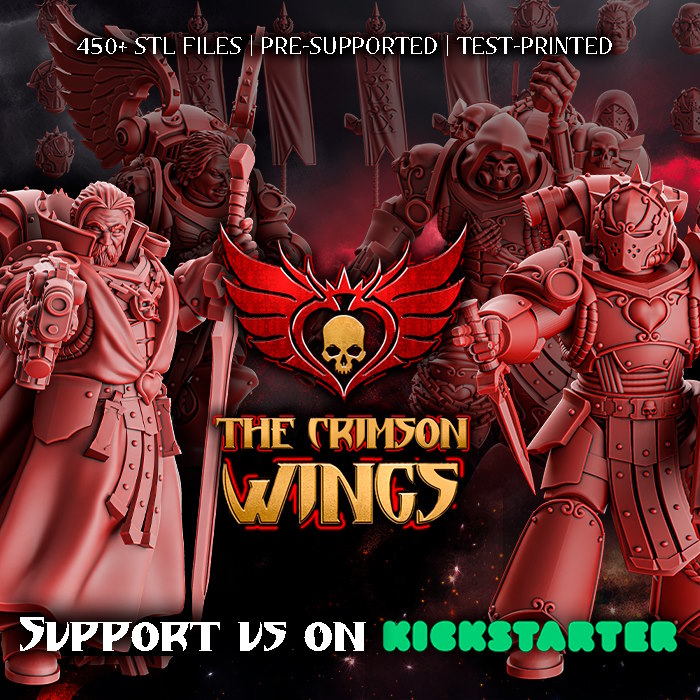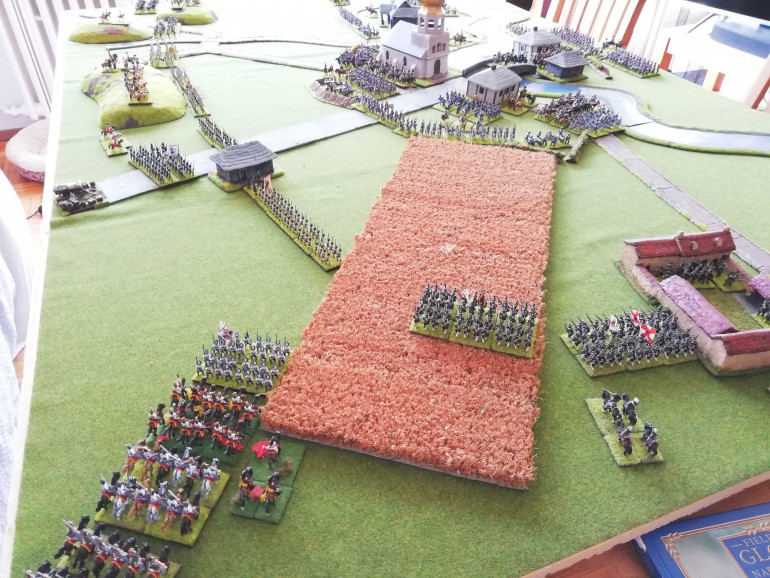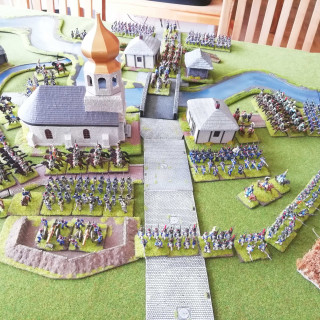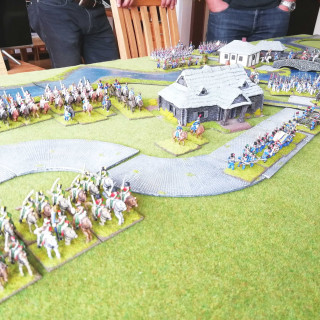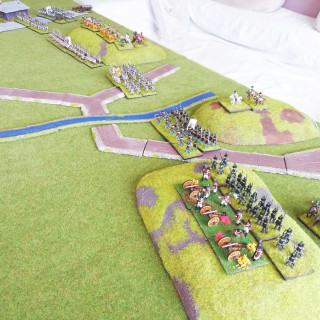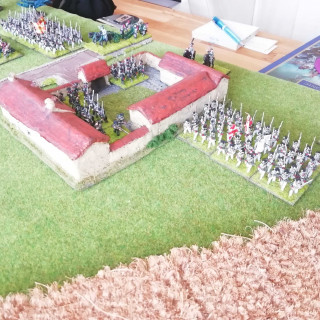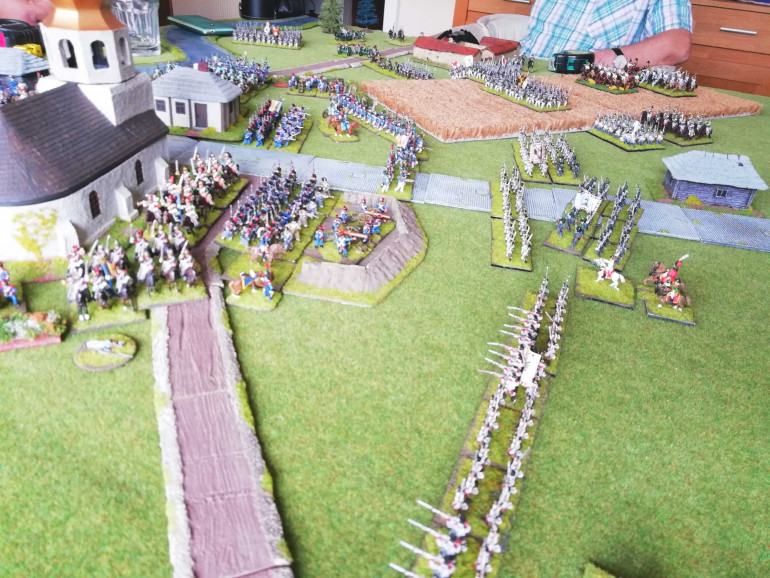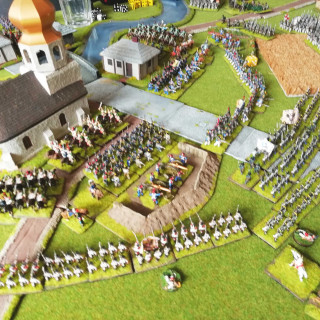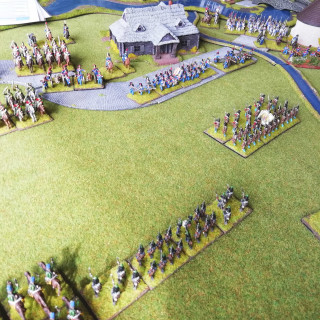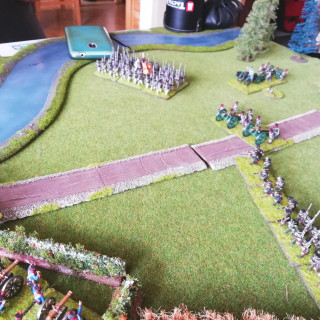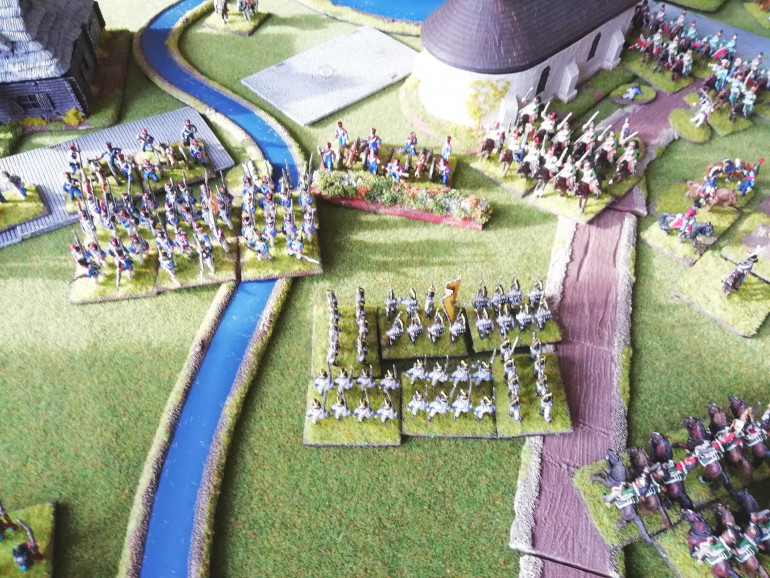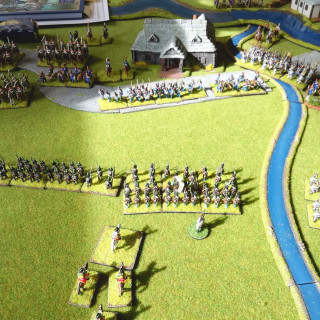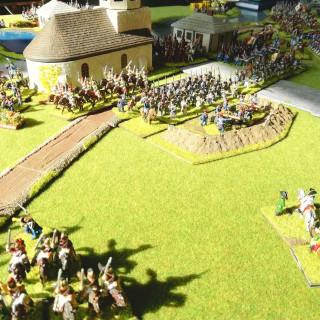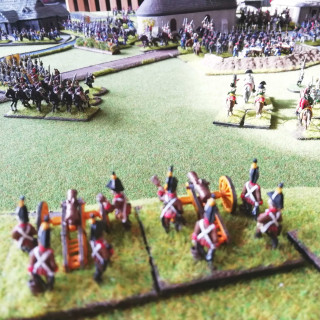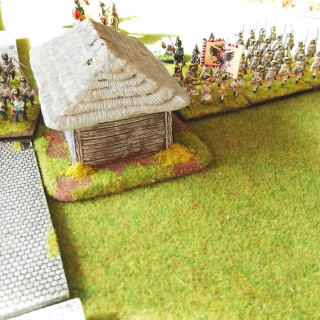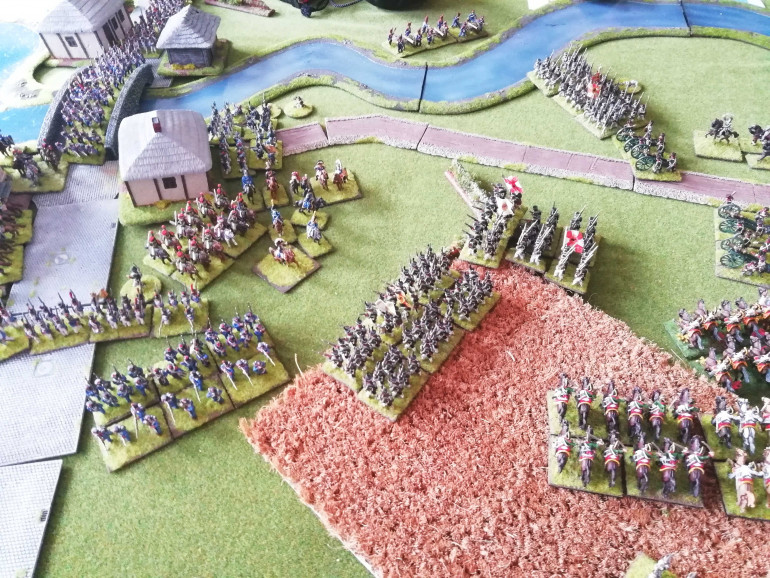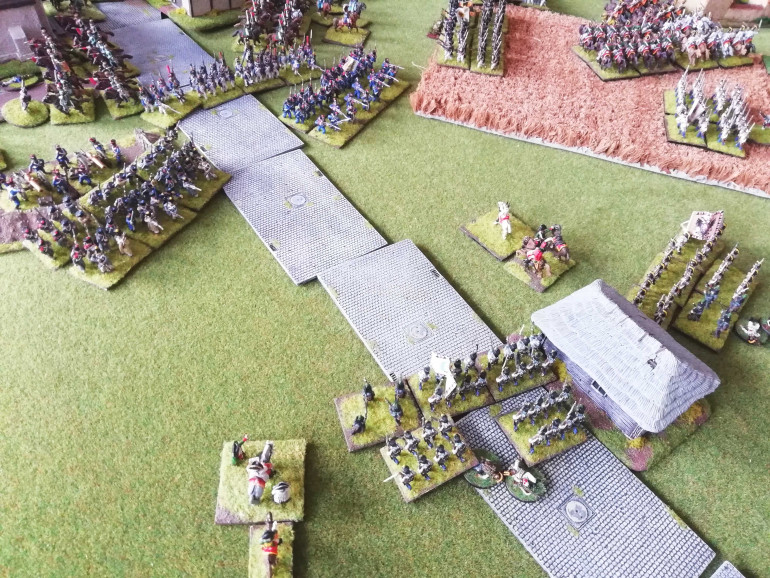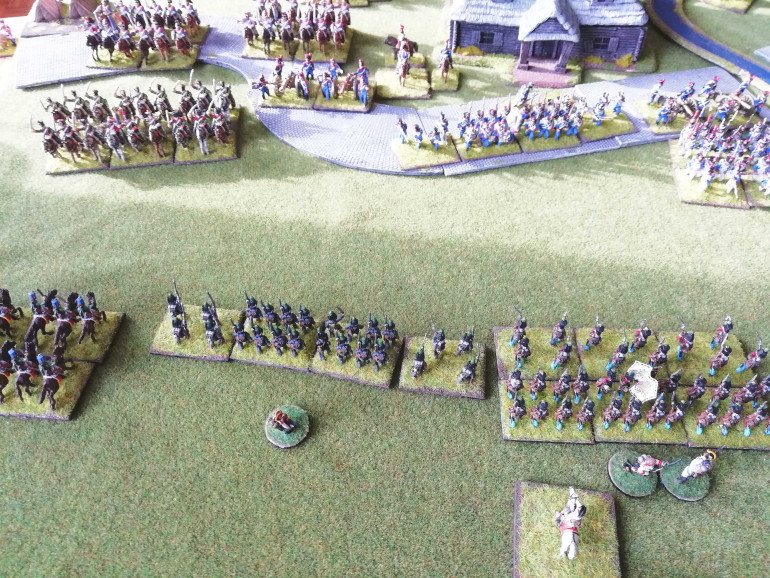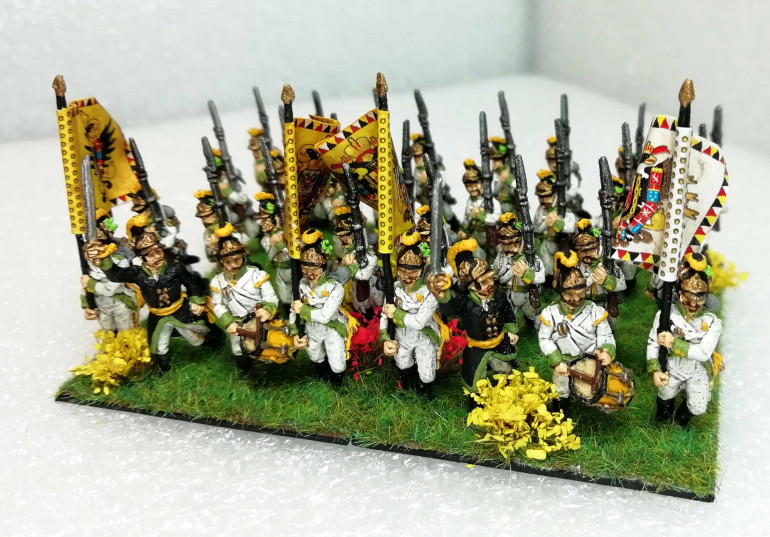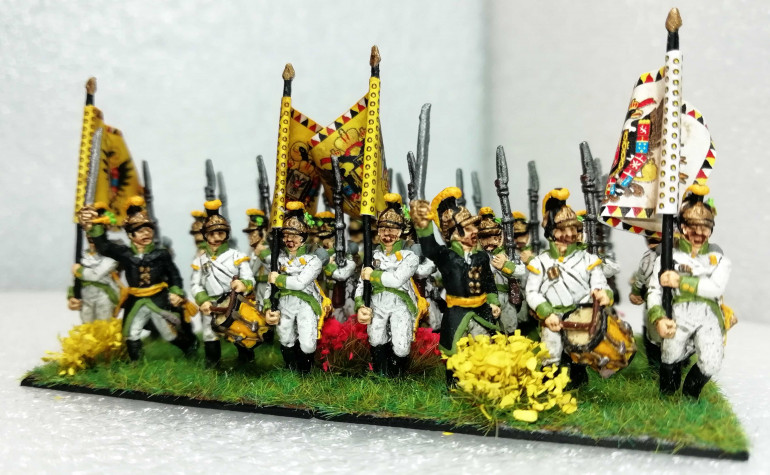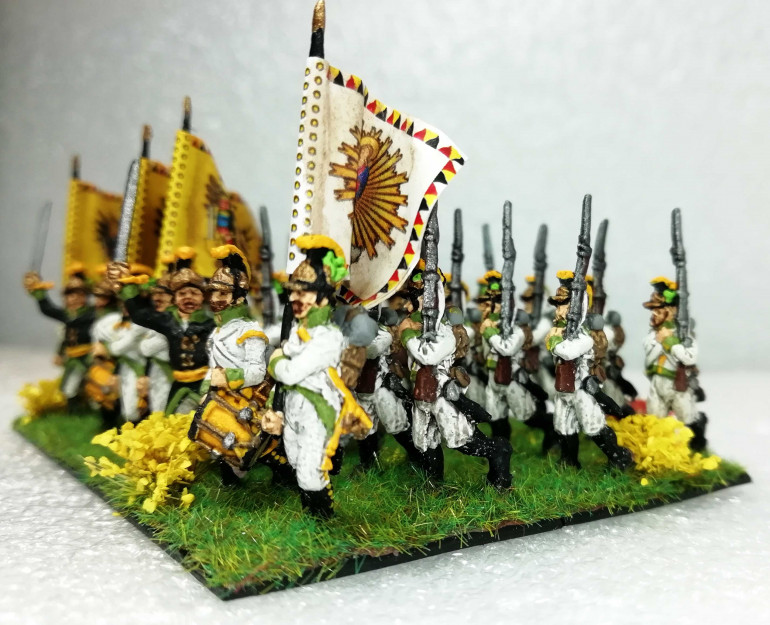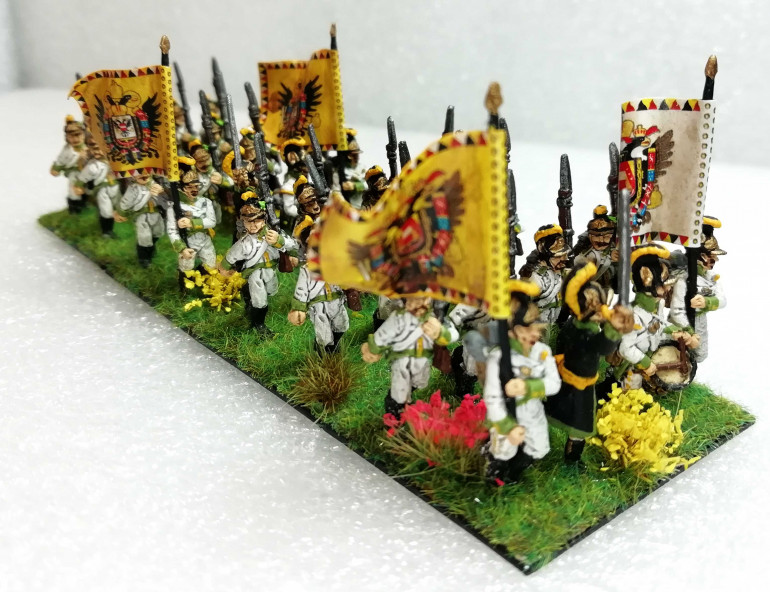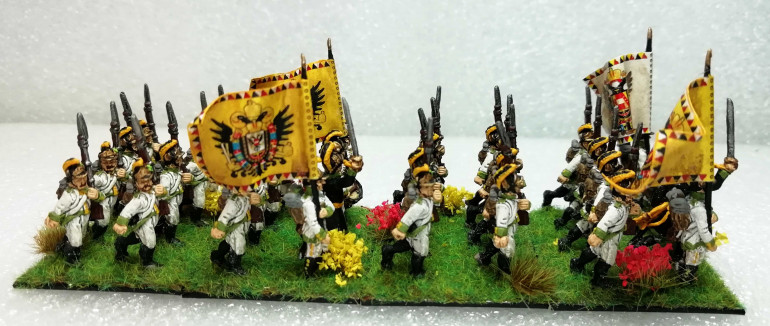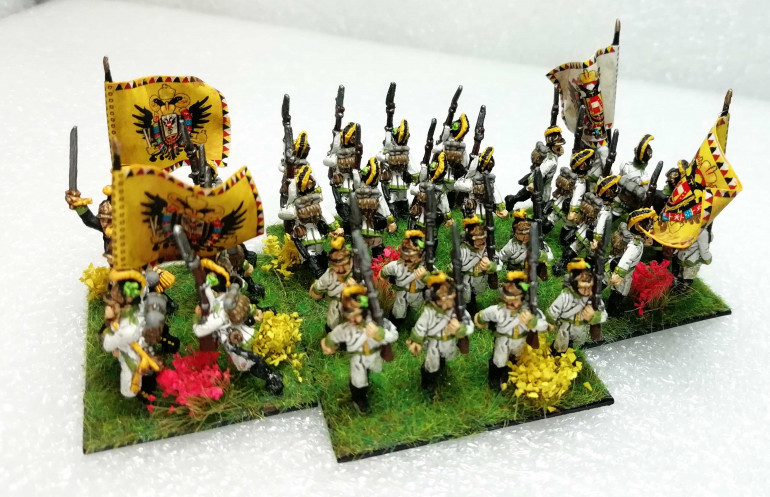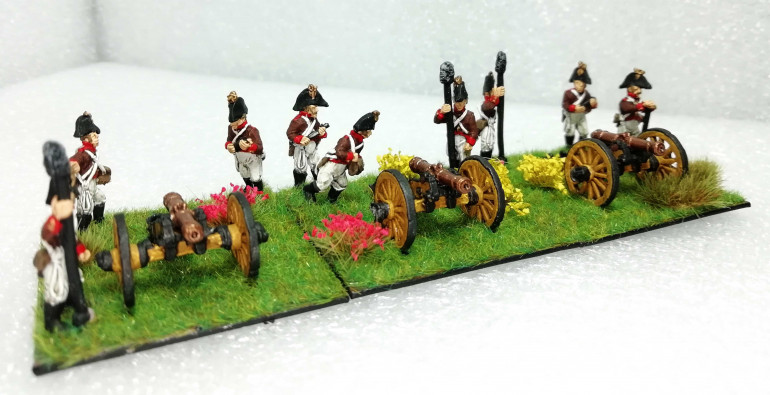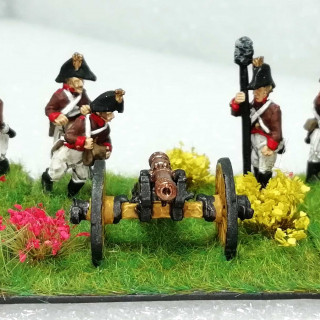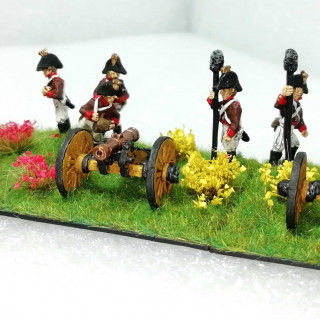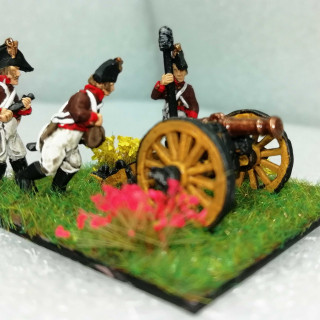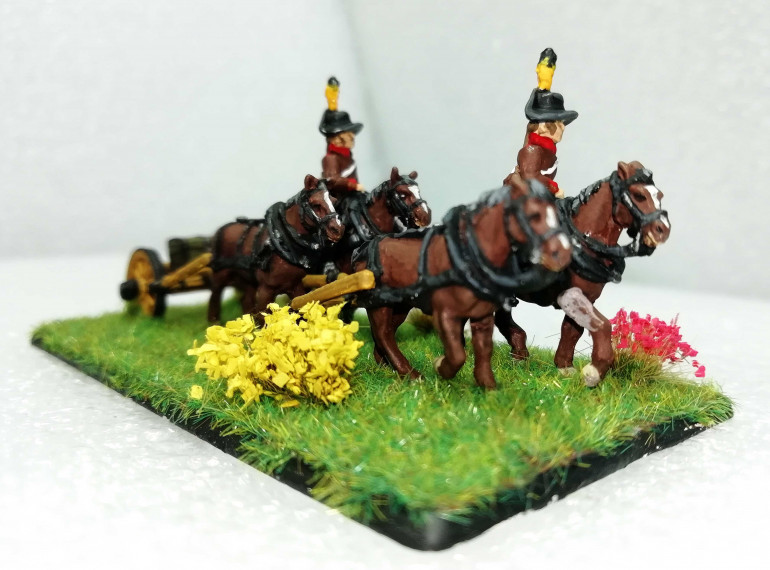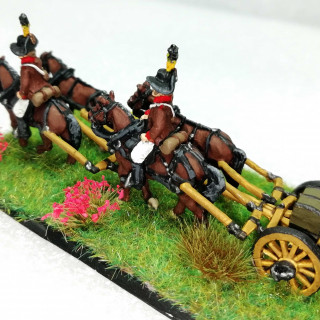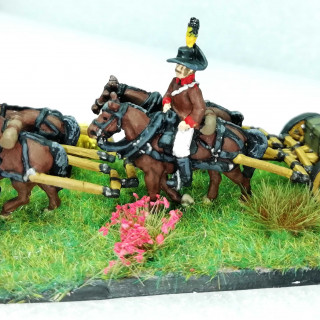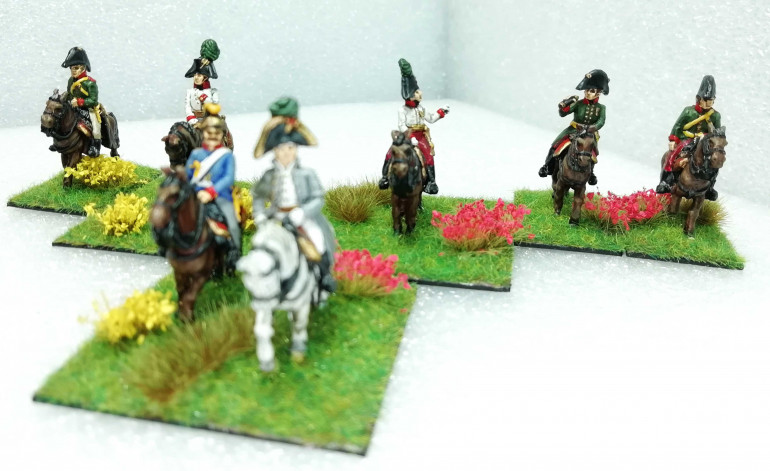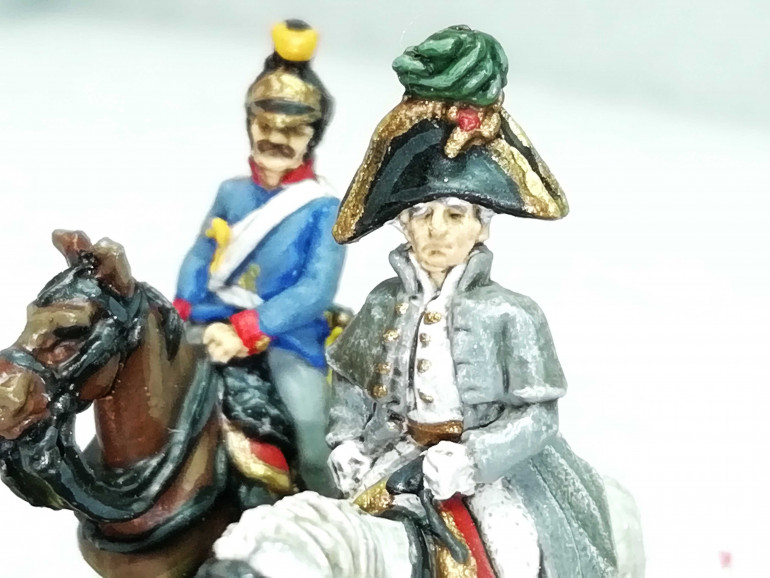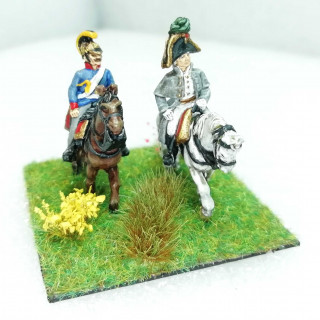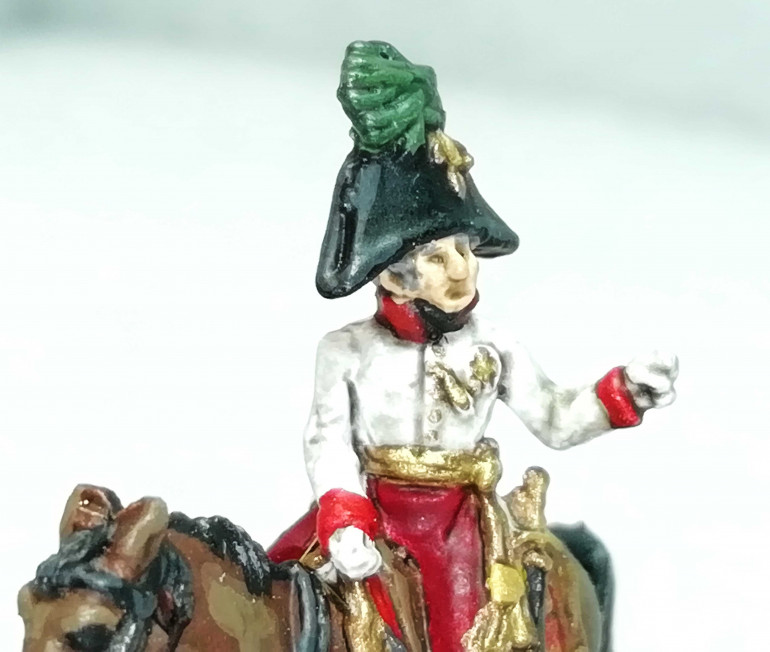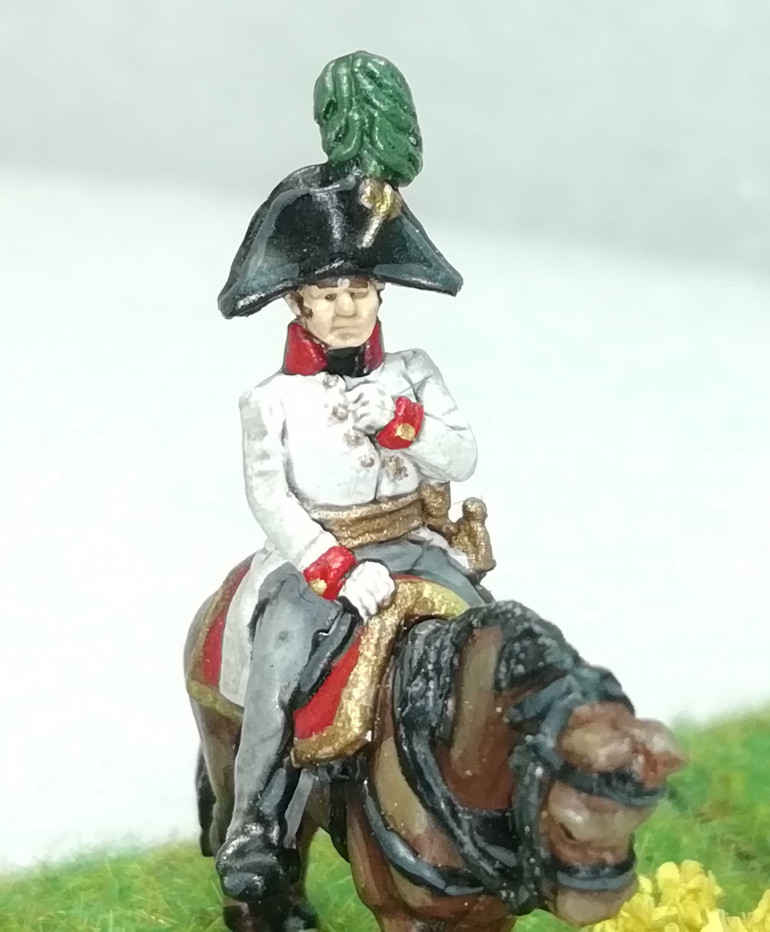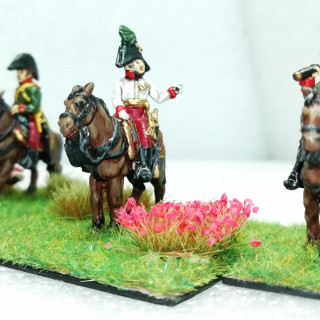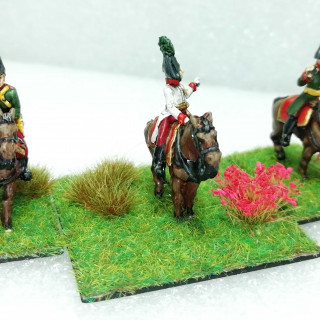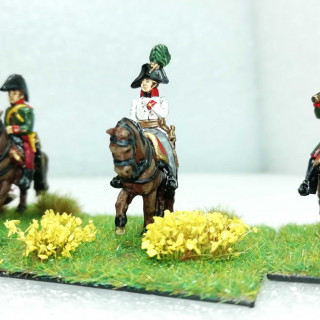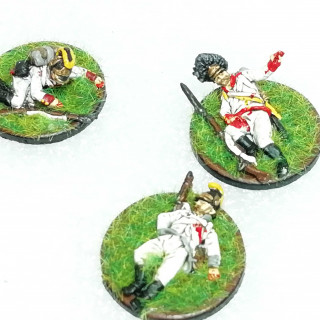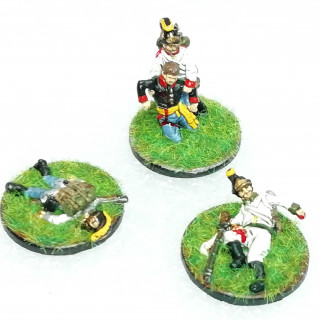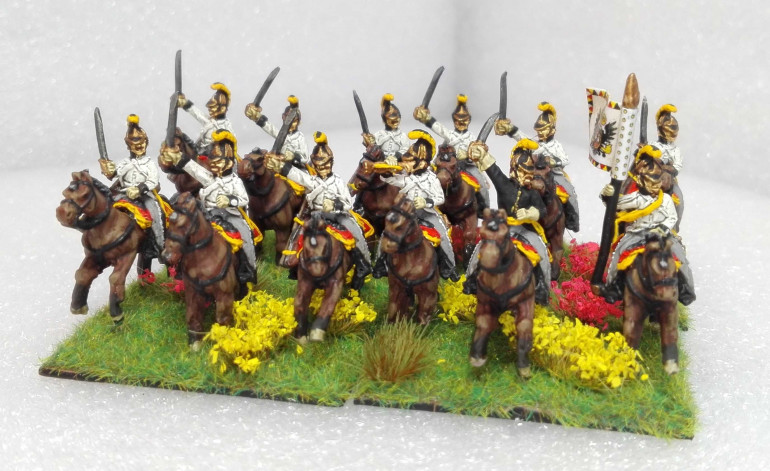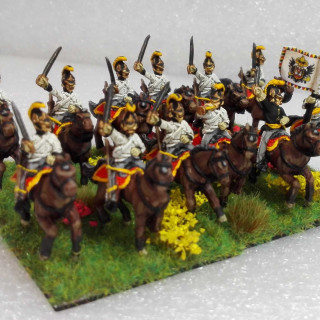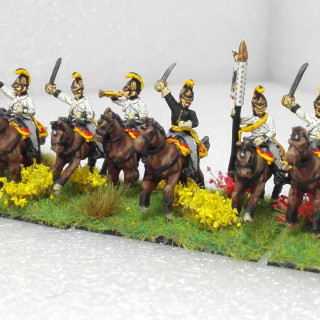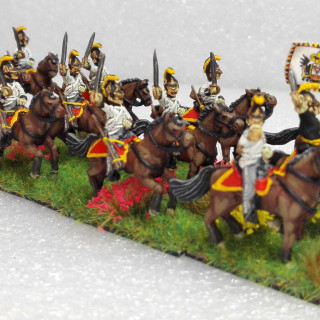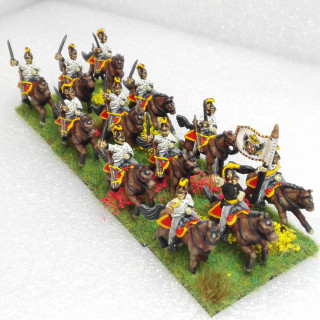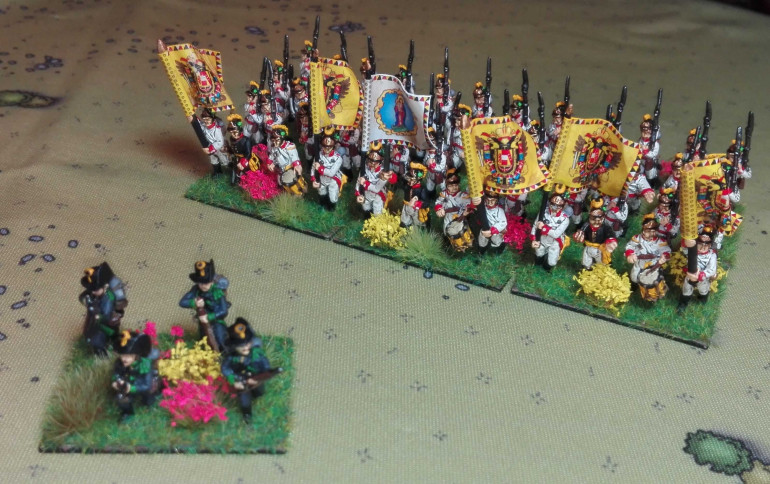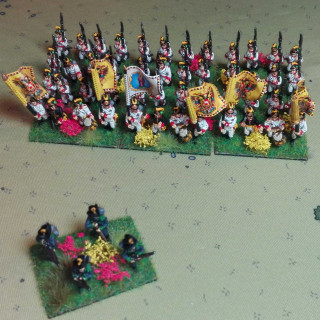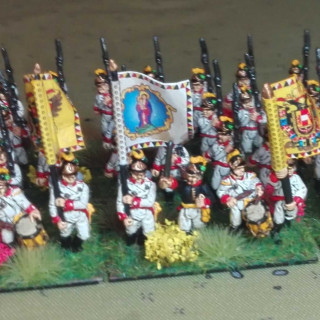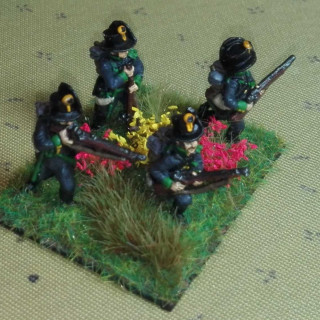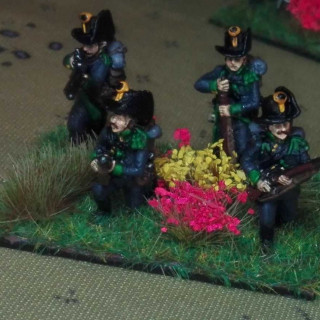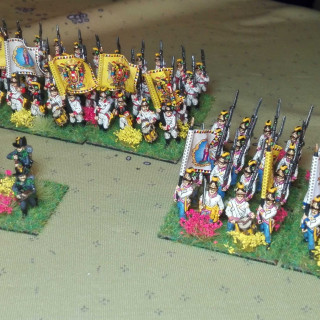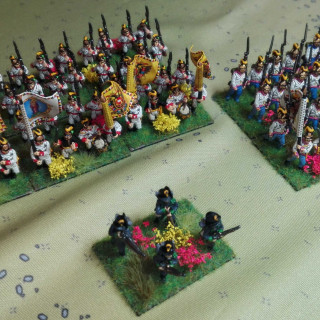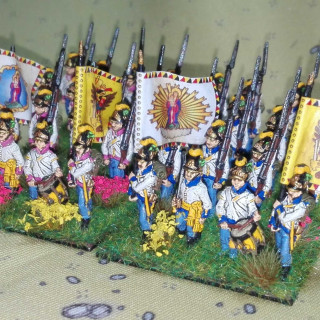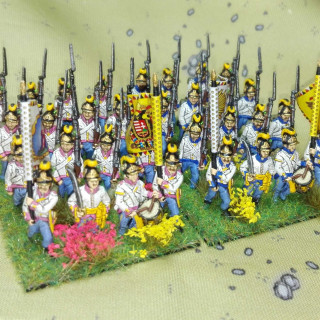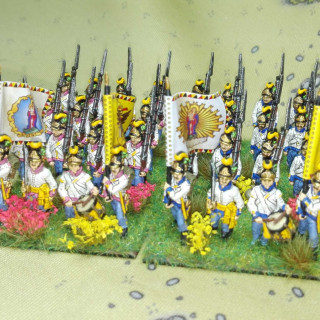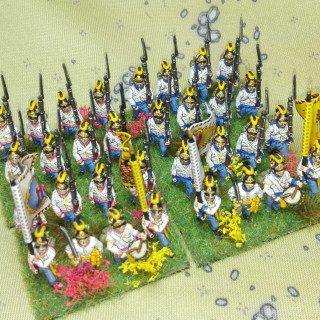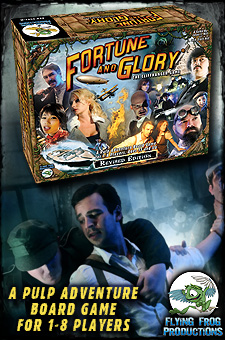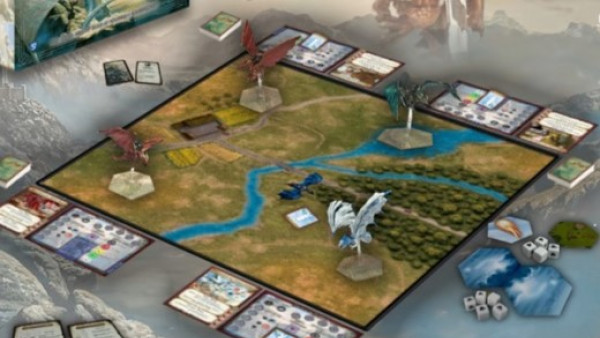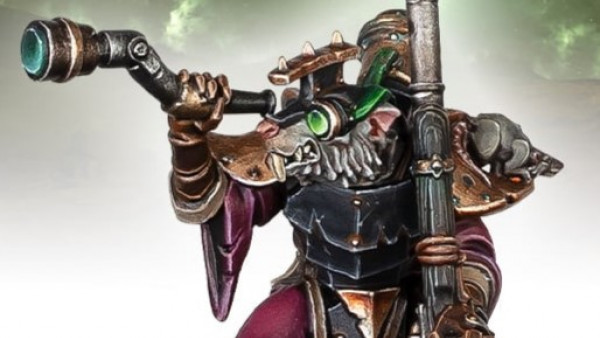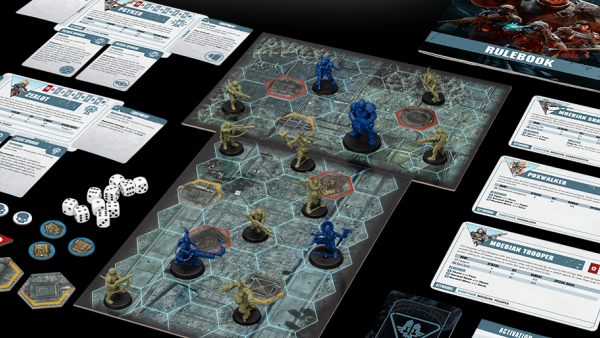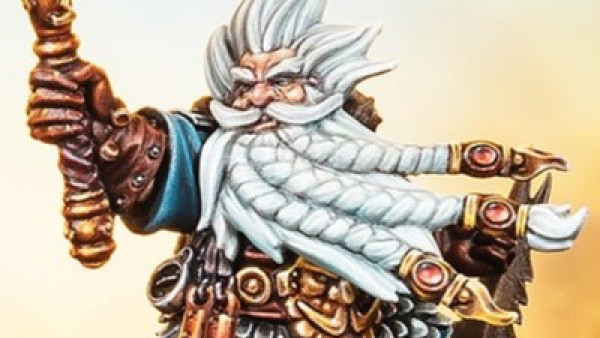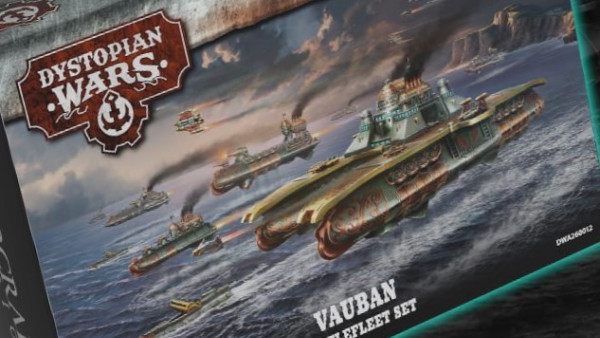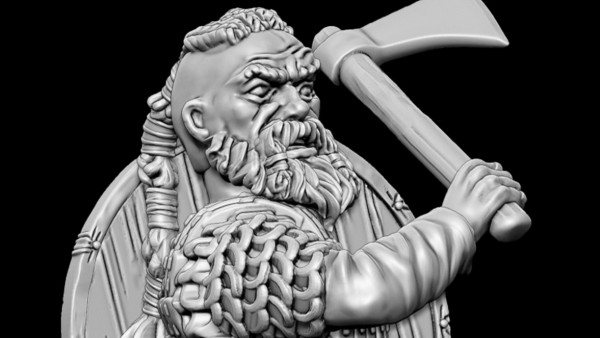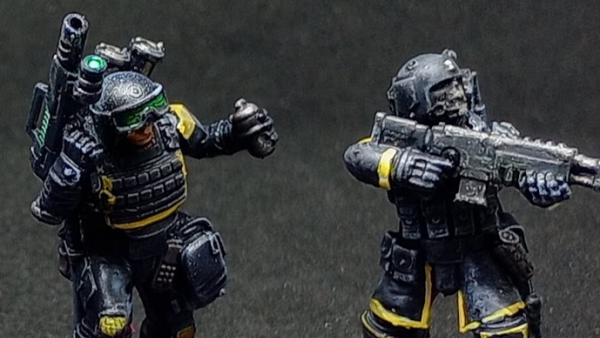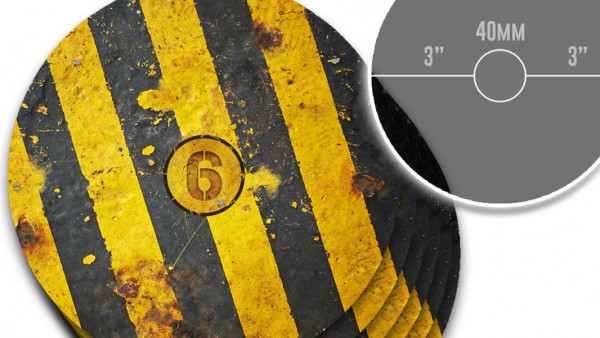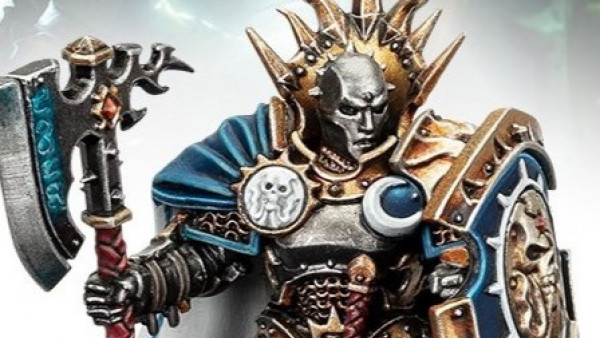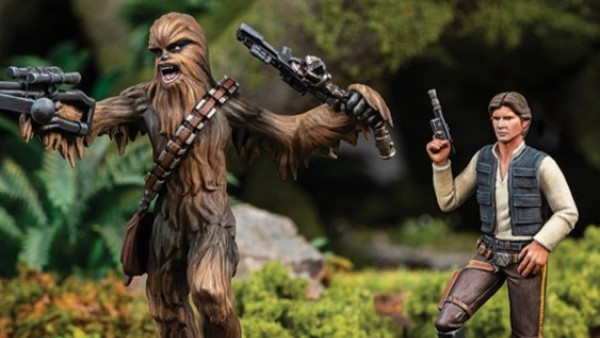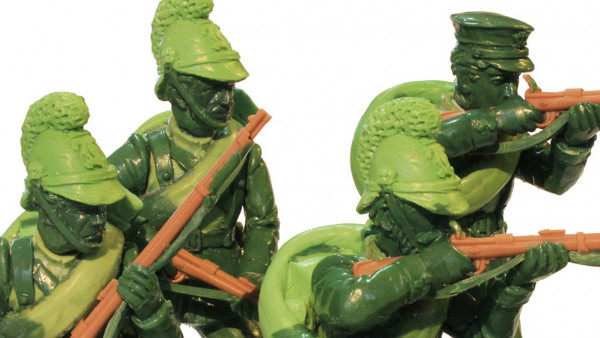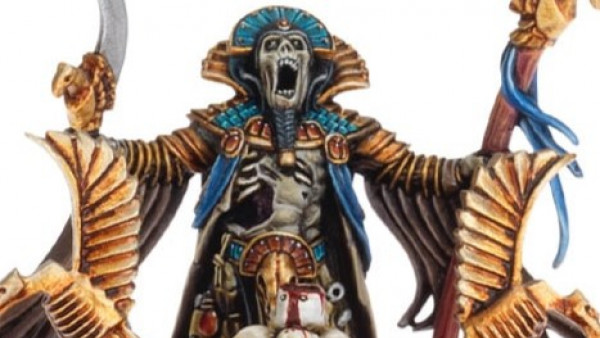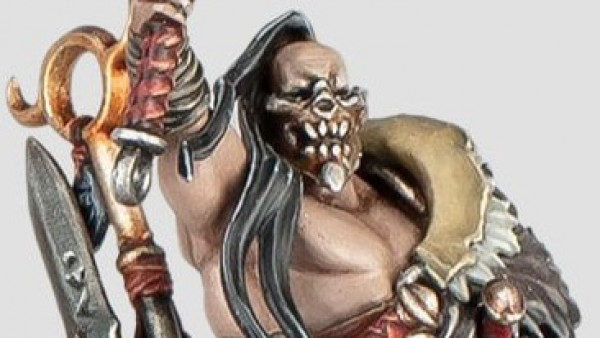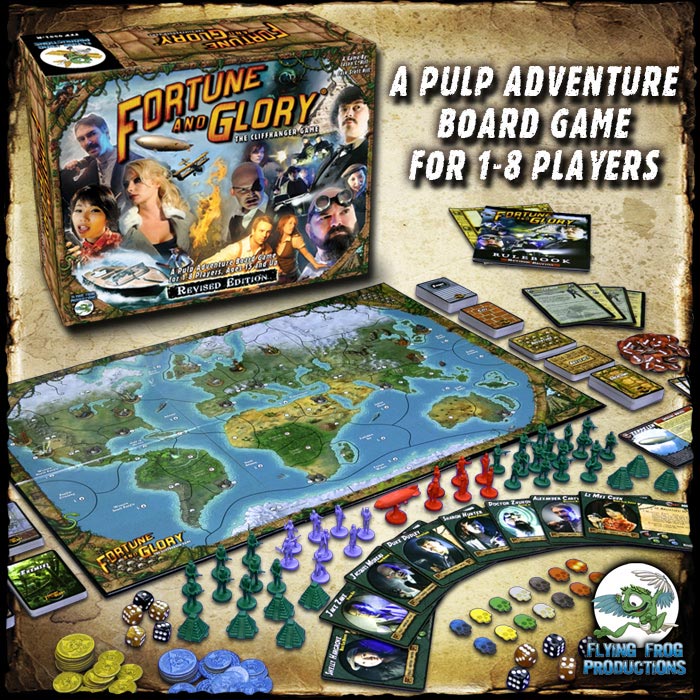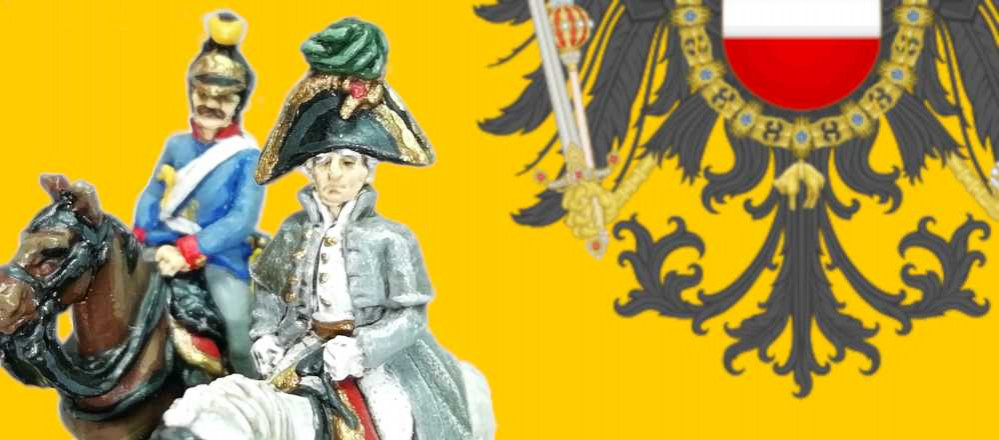
The Battle of Austerlitz – 15mm Austrian army from 1805 by Bothi
Recommendations: 65
About the Project
A friend and I are recreating the Battle of Austerlitz in 15mm for Field of Glory: Napoleonics. We are mainly focusing on the French Charge against the Pratzen Heights. This is the part on which Napoleon supposedly said: "One sharp blow and the war is over!". The Pratzen Heights were assaulted by the French 4th Corps against the Allied 4th Column. In this project I will be building the Austrian part of the 4th Column. These are about two small divisons. Each consisting of not much more than a brigade and a demi-brigade.
Related Game: Field of Glory
Related Company: Osprey Games
Related Genre: Historical
This Project is Active
BatRep: Battle of Dresden
As I am still not finished with painting the entirety of this army, we still haven’t played the Battle of Austerlitz.
But as we are all getting along with our armies real nicely, we decided to have a game. So. This is the Battle of Dresden of 1813.
The game happened a few weeks back. So I just go quickly over what happened.
Historically the French had just completed their retreat from Russia and Austria had joined the Russion/Prussion Coalition to kick the French out of central Europe. At Dresden Napoleon found himsel surrounded by three allied armies. So he had to give the Allies a bloody nose. With nearly twice as many troops as Napoleon, the Allies we’re quite confident to win that day and fell right into Napoleons trap.
Napoleons plan to defeat his enemys one by one – as he did again and again during the decade before – was failing. So he faked his withdrawal from the city and on the next morning the battle took place. Napoleon won a brilliant tactical victory, but couldn’t really profit from it, as – after the losses of the Russian campaign – he just didn’t had the cavalry to pursue his enemys. In the end he lost this “War of the Sixth Coalition” and was exiled to Elba in 1814.
Our game went pretty much along the lines of history. The Austrians advanced with two Corps (controlled by me) on the left flank and the centre. Another corps of russians and a corps of allied cavalry advanced over the right. Dresden was defended by a French Corps and another was fortified to the left. Two more French Corps arrived as reservers over the Elbe.
The Battle started very well for the Allies. They managed to advance in formation (this can be quite a challenge in Field of Glory: Napoleonics) and brought their guns to bear on the city. But a few firing phases went cleary in favor of superior french firing drills.
The French then started pushing out of the city and the Austrian centre started to rout nearly immediately. Only a single Demi-Brigade stood it’s ground. The Russians fared a bit better and tried one last push into the city. But then the sun went down and the general retreat was sounded.
As to our very asymmetric winning conditions the game ended in a clear victory on the field for the Frend but “only” 4 vs 3 victory points in their favor.
Here are some pics:
Infantry Regiment #9 - Graf Czatorisky
It’s been to long since I’ve painted up a few Austrians. Nearly 4 month. But now I managed to finish another 32 men. This time around they are representing the 1st and 3rd Batallions of the Infantry Regiment #9 Graf (Count) Czartorisky. First Batallion has – of course – one Ordinärfahne (ordinary colors or regimental colors, yellow) and one Leibfahne (kings/emperors colors, white).
The regiment was of German origin, hence the the white uniform with white trousers, and had apple green rims and yellow buttons. Game wise this is a single unit – called a small unit of unreformed line infantry – representing about 1000-2000 men. Historically these would have been about 1200 men.
Feuer nach eigenem Ermessen, Herr Major!
What would be a Napoleonic army without artillery? I guess not an Napoleonic army.
So I decided to go with the medium artillery next. The Austrian part of the4th Column at Austerlitz had 2 Feldbatterien / Fieldbatteries of at least 16 6 pdrs (together) and 2 Schwerpunktbatterien / Positionbatteries of each four 12 pdrs and two howitzers.
There were more 6 pdrs and 3 pdrs as direct battalion support pieces. In total over 40 pieces of artillery. We decided to model these as a large medium battery (3 Bases) to represent the 3 and 6 pdrs and a small heavy battery (2 Bases) for the 12pdrs.
As FoG:N is played at a quite high organisational level our modelling is actually mostly correct for game purposes. Things like less than 8 artillery support pieces per battalion are normally not displayed in the game and are considered to be part of the “normal infantry shooting”.
So this time around I finished the large medium battery and corresponding limber. The cannons and the limber are again from the awesome Fighting 15s range by AB miniatures. The cannon crew are from Old Glory. These OGs are much better quality than the infantry from OG.
The Generals
As I wanted to paint up more Fighting 15s from AB Miniatures I decided to paint the generals and their staff next. These minis have some incredible details to them and really took me to the edge of my painting skills. But I am quite happy with them. I used the Erzherzog Karl /Archduke Charles set for these.
First up we have the austrian commander of the 4th column (there was also a russion one). The mini is actually Archduke Charles but in this force he will represent Feldzeugmeister (FZM) Kolowrat with his personal adjutant. There is one pic with a primaris marine for scale purposes.
Next up are the two divison commanders. Generalmajor (GM) Rottermund and Generalmajor Jurczik. Also there are the Flügeladjutanten / Aide-de-Camps (ADCs).
Lastly I finished the wound markers. In FoG:N no casualties are removed but units receive wound / cohesion markers instead for a variety of situations. Like receiving fire. Fighting in melee. Having friends rout / break. Having friendly cavalry rush through them. etc.
A unit with no cohesion markers counts as steady, with one marker as disorders, with two markers as wavering and once they receive 3 markers they break and start retreating. Broken troops can be rallied. But this is quite hard if you are not happening to be Napoleon himself. And once a rally attempt fails (or receives a fourth marker) the unit will rout and is removed from play.
Make it stop
After two units of infantry I needed some variation. So I decided to do the cavalry next. These are again Old Glory minis. Really crude details :C
This is a small unit with 4 bases and 3 horses each repesenting about 100 cavalry men. 100 is a bit small for a unit in FoG:N, but we decided to do it anyways for otherwise the Austrians would have no cavalry at all.
These are the Dragoons Regiment #1 Erzherzog Johann / Archduke John. We had some discussion whether these were light or heavy cavalry as the sources disagree on that fact. Fact is they had white uniforms which in the later years were typical for heavy dragoons. Earlier white was the color of light dragoons (green was the color of the chevaulegers). But as the difference between chevaulegers and light dragoons blended over the years light dragoons used more and more the green uniforms. In the end we decided to field them as heavy dragoons as these are fitting the minis I bought with the helmet and the pallasch (cavalry sword).
Infantry Factory
As I was already factoring away with the infantry I decided to go with another unit of infantry next as I was eager to try out the Old Glory minis. Unfortunately these are much worse than the ones from AB. But they are also less than half the price, so I guess thats something.
I went for a large unit of 6 bases of 8 infantry each. So 48 infantry this time representing about 3000 men. I decided to paint them up as 3 battalions of Infantry Regiment #23 Salzburg in red with white buttons. The first battalion again has a single Leibfahne/Emperors Colors (white) and one Ordinärfahne/Ordinary Colors (yellow). The other two battalions would have 2 Ordinärfahne each.
This unit also has an attachment of Wiener Jäger / Vienna Jägers. These are 4 infantry on one base representing two companies of Jägers or about 200 men.
Planning
In FoG:N units are displayed in a scale. So 1 infantry men is 30-100 actual soldiers. 1 horse represents 20-60 cavalry. And 1 artillery piece 5-15 guns. A single unit consisting of 4 or 6 bases (half for artillery) represents a regiment or a demi-brigade (battery for artillery).
So during this project I will be building:
1 small unit of light cavalry: painted as Archduke Johns light Dragoons (4 Bases)
1 small unit of heavy artillery: Positionbattery (2 Bases)
1 large unit of medium artillery: Fieldbattery (3 Bases)
2 small units of line infantry: painted as IR 24 and IR 55/38 (4 Bases each)
2 large units of line infantry: painted IR 23 and IR 1 (6 Bases each, one is Vienna Jäger attachment)
Generals + Staff
Woundmarkers + Limbers
The Hungarians: IR38 and IR55
The first thing I painted for this project was a small infantry unit. Meaning 4 bases of 8 infantry men each. So 32 infantry in total representing about 1400 men. These are to represent the Hungarian troops at the battle (which where a bit better trained than the German troops). I decided to paint these up as the 1st battalions of Infantry Regiment 38 Württemberg (pink with yellow buttons) and Infantry Regiment 55 Reuss-Greitz (dark blue with yellow buttons) as these were both there. The corresponding flags for a first battalion would be a Leibfahne / Emperors Colors (white) and one Ordinärfahne / Ordinary Colors (yellow).
The minis are Fighting 15s from AB Miniatures.





























